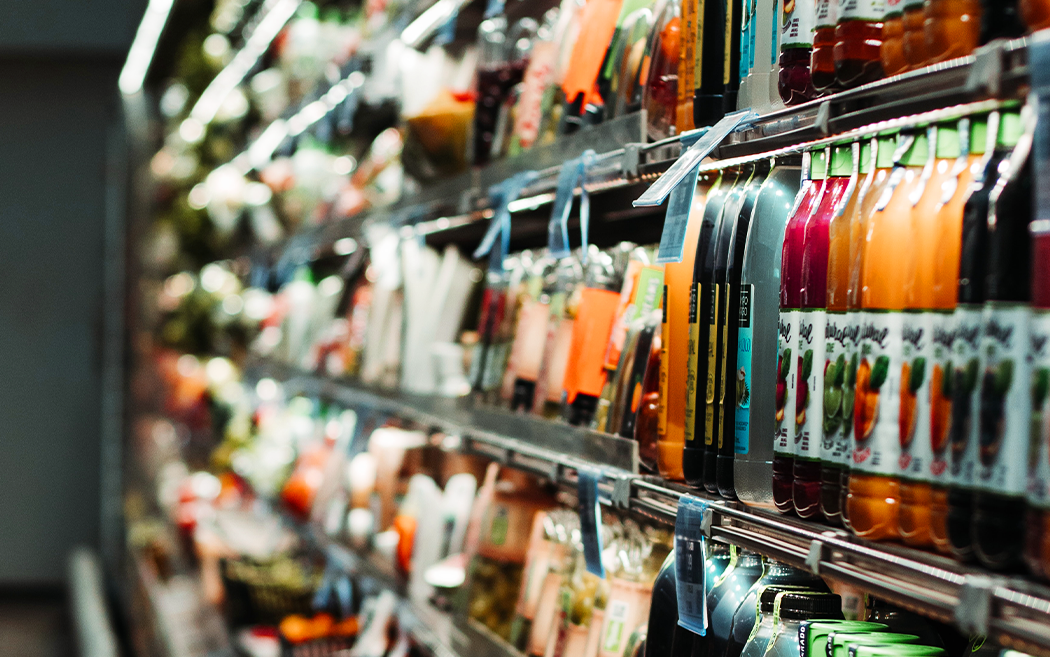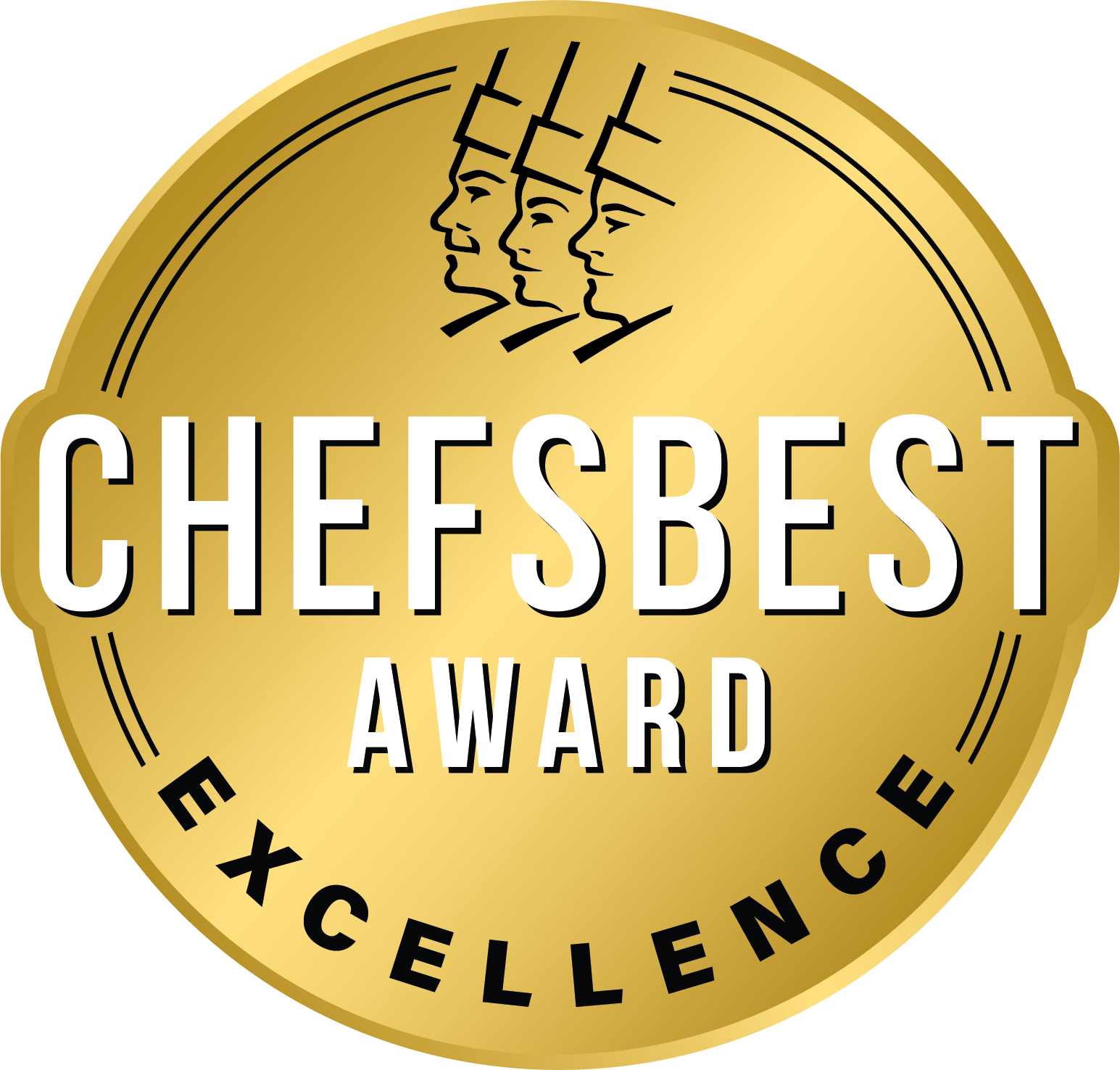Making the Jump to Larger Retailers: What Food and Beverage Brands Need to Know

Food and beverage brands can get into bigger retailers by leveraging positive sales figures, brand affinity, and quality food awards.
For food and beverage brands of all sizes, moving from specialty and/or regional retailers to large retailers is a turning point when it comes to revenue growth and brand exposure. Even after the boom of eCommerce shopping in 2020, large brick-and-mortar grocery retailers still offer several benefits.
Not only are they more likely to successfully weather economic instability, but brands can also benefit from their broad consumer reach, their marketing strategies, and their ability to quickly adapt to changing consumer habits and needs.
Additionally, a McKinsey and Company report predicts that only 5% of grocery sales will take place online by 2023. With that in mind, it’s safe to say that getting products into larger retailers is still a wise move.
So, how do food and beverage brands get into bigger retailers?
Prove to Major Retailers That Your Product SELLS
Big retailers don’t want dead inventory clogging up their shelves and cash flow, so being able to demonstrate high inventory turnover is vital. Oftentimes, the simplest way to do this is to start by working with smaller, independent retailers. While national distribution is usually the end goal, smaller retailers are an important stepping stone towards big retailers.
No, these retailers don’t often have the same reach that big retailers have. However, it gives brands an opportunity to test the market and make any necessary changes at a much more affordable price.
So, not only does this give brands an opportunity to gather data (sales figures, sell-through rates, etc.), but it also allows them to make any necessary adjustments that would have been much more expensive had their products already been in a large retailer.
Even once a brand has sufficient data to approach a larger retailer, they’ll likely be started with a test case. That means products might only be put in twenty stores to monitor performance before distributing on a larger scale. Asking for this upfront is an excellent good faith demonstration that shows retailers you understand their business.
Build Brand Affinity and Present Assets
The emotional connection between a brand and its customers can be the difference between creating one-time buyers and creating repeat customers who recommend a product to friends and family members. The latter leads to higher sales volumes and higher lifetime customer value. It also means that customers won’t switch brands if the price increases. This helps prove to large retailers that your brand is popular and in demand.
Various aspects of food and beverage marketing can help build that connection with consumers, but it all starts with understanding customers and what they value. Are they focused on sustainability? High-quality ingredients? Whatever the case, affinity marketing communicates these values during every interaction.
Opportunities to convey these values include (but are not limited to) social media, customer support, community nurturing, and the brand website.
While there’s not a single metric for measuring brand affinity, things like Net Promoter Scores, customer lifetime value, referrals, analytics (Google, Facebook, and/or Youtube), and social media mentions can provide proof of brand affinity for big retailers.
It’s also important to present a marketing plan during the pitch with large retailers. They want to see how brand affinity was created, how it’s currently nurtured, and any future plans. Producing actual assets will solidify a marketing plan even more.
Differentiate Your Product With Quality Food Awards
Big retailers will have shelves filled with multiple brands for the same product type. So, not only are they interested in previous sales figures and demand, they want to know that a product has unique features that similar products don’t have.
When it comes to food and beverage products, taste claims are one of the most powerful features to leverage—but only if they’ve been substantiated.
Taste is subjective, so simply saying that something is “the best” or “great tasting” just isn’t enough. Third-party taste validation, however, can provide substantiation to these claims while also adding the necessary context that adds value to these claims for customers.
Not only does advertising a ChefsBest mark help products stand out on shelves, but it also appeals to consumers who are specifically shopping with taste in mind.
Want insight from an expert in the industry? Tune in to How Can CPG Brands Catch the Attention of a Grocery Buyer? In this episode of our podcast, Beyond the Shelf, former grocery buyer, Alli Ball, shares advice for new brands who are looking to get their products on the shelf.
To stay up-to-date with trends and news in the food & beverage industry, follow us on social media: Facebook, Twitter, Instagram, and LinkedIn – and check out more of our blogs.
